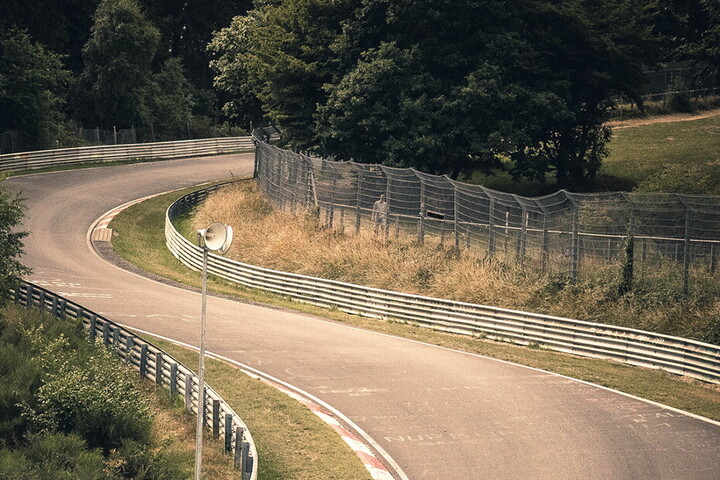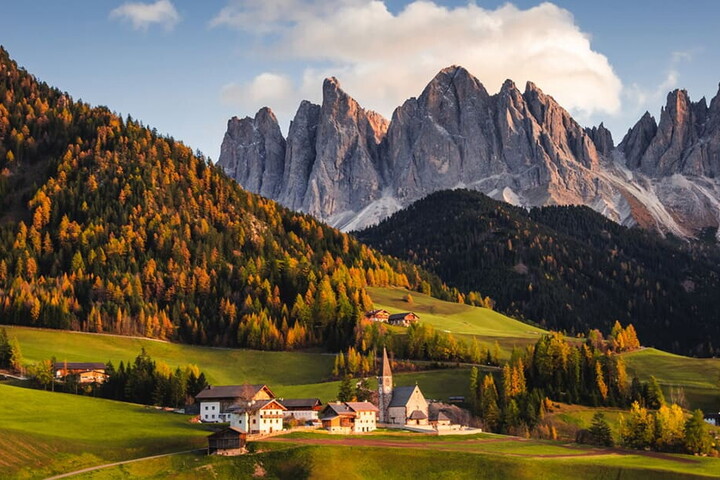The cold season poses additional challenges for motorists. This makes it all the more im-portant to prepare their vehicles carefully and in good time for winter weather and road conditions. This considerably increases the safety of the vehicles and helps to prevent ac-cidents. Either you commission the car workshop of your choice to make sure that your car becomes winterproof. Or you can do it yourself. The following aspects must be taken into account:
Check the frost protection of the cooling water
Almost all cars with combustion engines are water-cooled. The cooling water contains im-portant additives that protect the cooling system from frost and corrosion damage. There-fore, before the winter season you should always check whether antifreeze needs to be topped up. There are special measuring spindles for this purpose, which cost only a few euros. They are held in the cooling water and then indicate how far the antifreeze extends. If the frost preotection in the cooling system is less than minus 30 degrees Celsius, you should top up antifreeze. It is generally advisable to use the agent recommended by the car manufacturer. Rule of thumb: orientate yourself on the colour of the coolant in your car. Agents with different colours do not mix well.
Make cleaning systems for windscreens and headlights winterproof
The liquid for cleaning the front and rear windows and the headlights can also freeze and therefore requires sufficient antifreeze. Attention: The cover lenses of headlights are usu-ally made of plastic nowadays. Good antifreeze agents mention on the packaging that they are suitable for polycarbonate lenses. In order to prevent calcification of the lens and headlamp cleaning system, you should use ready-mixes. Alternatively, you can use dis-tilled water or rainwater for mixing. Finally, you should press the cleaning function several times so that the liquid including antifreeze is distributed in the pipes and nozzles.
In addition, the windscreen wipers must be functional, as they are often in continuous use in winter. Clean the wiper blades with a soft cloth along the rubber lip. If you find any cracks or chipping, replace the wipers.
Windscreen protection for outdoor parkers
If you don't have a garage, you should put a piece of cardboard or a special foil on the front and rear window for the night. This will keep them ice-free. And the windscreen wiper does not freeze on the window.
Protect doors and locks from cold and ice
To protect the rubber seals on the doors and tailgate from freezing, it is recommended to treat them with a grease pencil, Vaseline or a rubber care product. Even though car doors today are mostly unlocked or locked by remote control: Door and tank locks can be pro-tected against freezing with a graphite spray or special oils. A de-icer should be readily available for emergencies. But please do not store it in the car.
Check the battery charge capacity
During the cold season, a car battery is particularly stressed. The starter motor needs a lot of power to start the engine. While driving, heaters for the front and rear window, seats and exterior mirrors are in operation, as do the ventilation and lighting. A weak battery be-comes a problem especially when starting. You can check the condition of the car battery with a simple test. Park the car in the dark in front of the garage door or a wall. Turn on the headlights and let the engine run for a minute. Then switch it off and watch the light: if it gets darker after a short time, this indicates a weak battery. A voltmeter can be used to check the state of charge of the car battery more precisely. However, the test should be carried out on a car that has not been driven for several hours. The red cable goes to the positive pole, the black cable to the negative pole. The battery is in good condition if the voltage is between 12.4 and 12.7 volts. If the measured value remains below 12 volts, the battery should be charged with a suitable charging cable. If the battery is older than five years, it is worth buying a new one. You should also have a jumper cable to hand in case of an emergency, in case the engine does not start.
Caring for the bodywork
Check if the paint on the bodywork has scratches. If water contaminated with road salt gets onto the sheet metal, rust will form. Eliminate the damage with a touch-up pencil. Ideally, you should then seal the paint with a hard wax.
A decisive safety factor: the right tyres
Choosing a set of all season tyres to keep all year round or fitting four winter tyres? That's the question that many drivers ask when they need to change their tyres in the run up to the winter season. And knowing how to decide is not a trivial choice, because it deter-mines your safety on the road. The factors to take into consideration are the time of year and the way the car is used during the winter, your place of residence and the perfor-mance you are looking for, bearing in mind that “four season” tyres are efficient in many situations, whereas winter tyres are only suited to the most demanding situations, when they guarantee performance. Of course, whatever you decide, there must be a “M+S” or 3PMSF marking on the side of your tyres.
In addition, sufficient tyre tread depth is essential for the safety of the vehicle on the road. This ensures sufficient grip, shorter braking distances, high driving stability and steering precision. The legal minimum tread depth is 1.6 mm. However, winter tyres should have a tread depth of no less than 4.0 millimetres. Correct tyre inflation pressure is equally im-portant. It enables the largest possible contact area and ensures that the edges grip properly.
Plan snow chains for certain tours
In some European countries like Germany there is no general obligation for snow chains. However, for certain other countries or regions it may be compulsory to fit snow chains in winter road conditions. This is indicated by traffic signs.
Checking the lighting system
Lighting is particularly important during the cold, dark season. So check with a second person that the headlights, brake lights and indicators are all working properly. Also check the headlight lamps. If the glass bulb has a dark tint or if the filament is frayed, this indi-cates that it is about to fail. In this case, replace the lamps on both sides. This is the only way to guarantee good visibility.
Winter equipment in the car
Do you get caught in a traffic jam? Has your vehicle broken down? Does it need to be cleared of snow and ice? Then you will be glad to have the following items on board: An ice scraper, a sponge to clean steamed-up windows, a hand brush to remove snow from the car, a windscreen de-icer (spray) and a torch with full batteries. A warm woollen blan-ket can be helpful, especially on longer trips. If you are going into the mountains, snow chains are also necessary.
As you have seen, you can do a lot of things yourself to prepare your car for the cold sea-son. For the following work, however, you should rely on the expertise of professionals:
Have the engine oil changed
In autumn it is recommended to change from summer to winter oil. Winter oil is more re-sistant to cold temperatures and does not freeze. However, the used oil must be disposed of professionally.
Have the brake system checked
A properly functioning brake system is a must on winter road conditions. Experts should therefore check them in autumn and, if necessary, correct any defects.
Have a good trip at all times!




